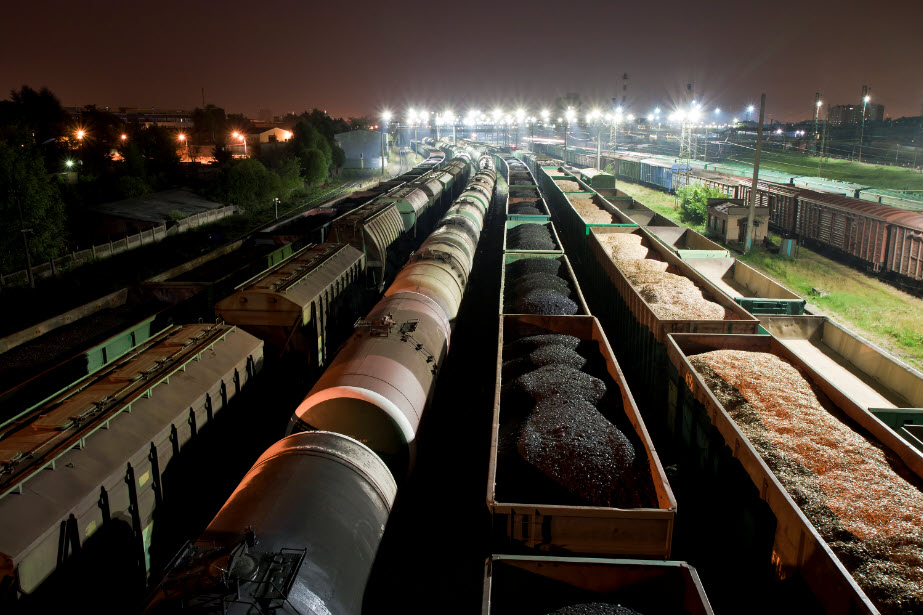Railcar leases exist solely because there is a need on behalf of a shipper to move product. Due to the wide array of industries that move product via rail, there are many types of railcar leases available. The lease, which typically lasts three to seven years, will detail who is responsible for maintenance and repair responsibilities, taxes, and insurance.
Railcar leases fall into two categories; operating leases and capital (or finance) leases. An operating lease is considered a "right of usage" lease since the lessor only conveys the right to use the equipment, not the right to eventually own the equipment. Conversely, a finance lease is a "right of ownership" lease since both the right to use and own the equipment is conveyed to the lessee.
To determine whether the lease is an operating or finance lease, four tests are applied to the lease. They are:
- Is the term of the lease greater than 75% of the remaining life of the car?
- Is the present value of the lease stream greater than 90% of the fair market value of the car?
- Does the lease provide for a change in ownership from the lessor to the lessee?
- Does the lease contain a "bargain purchase" (or below market price) option to the lessee?
If the answer to any of these four tests is yes, the lease is considered a finance lease, otherwise it is an operating lease.
Operating Lease
An operating lease generally is a shorter-term lease in which equipment is returned to the lessor at the end of the contract period with no further commitment required. In this type of lease, the lessor assumes all the risk as they are essentially letting the lessee borrow equipment for a monthly fee.
Lessors may choose to lease equipment under operating leases because it allows them to keep the equipment on their balance sheets and consider rental payments as revenue. Tax implications are one of the many factors that must be considered by two parties entering into a lease.
On the other hand, lessees may seek this type of lease if they will need continually upgraded equipment. A lessee can choose to repeatedly renew an operating lease, resulting in access to new equipment at the end of the lease every few years.
Operating leases can be either Full-Service or Net Leases.
- Full-Service Lease: In the most common type of railcar lease, the lessor is responsible for all maintenance and repair of equipment. This includes ensuring compliance with government and industry standards, safety, insurance, and taxes. A monthly fee per railcar is charged for the duration of the lease agreement.
- Net Lease: In contrast to a full-service lease, the net lease requires the lessee to handle maintenance and repair responsibilities. Because the lessee will incur the additional expenses related to these responsibilities, the monthly rental rate is typically discounted when compared to a full-service lease.
